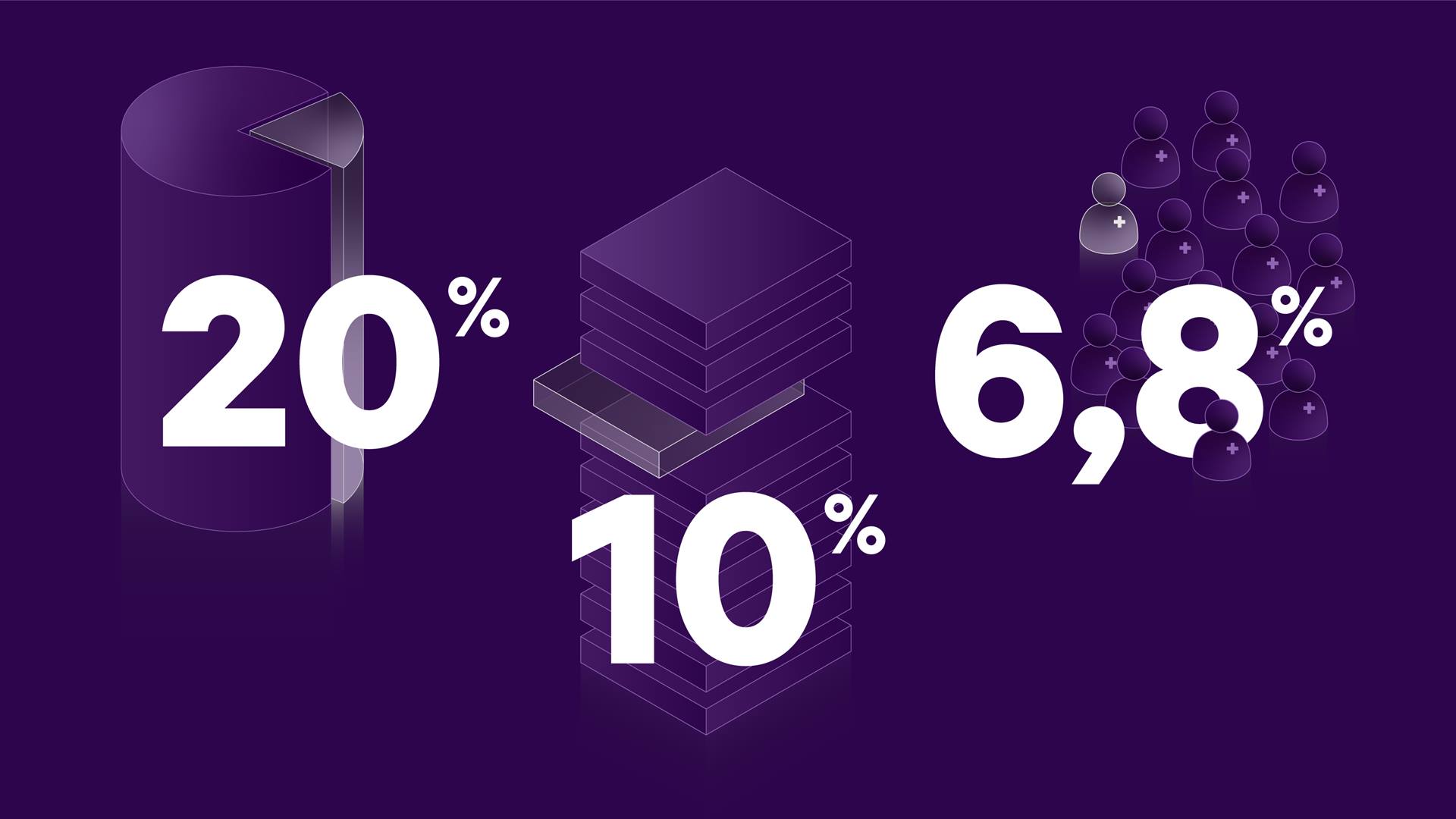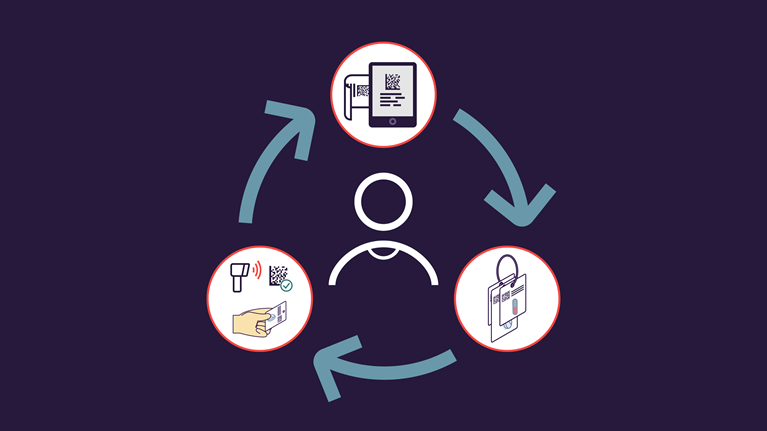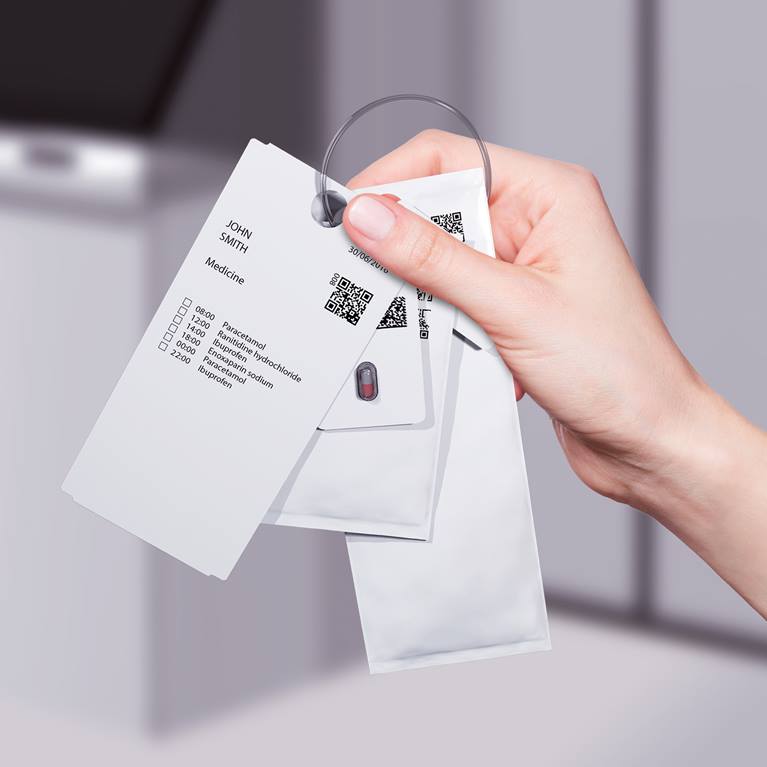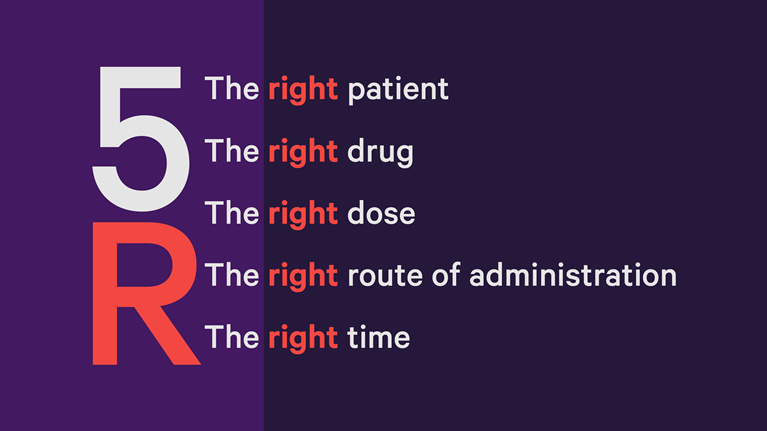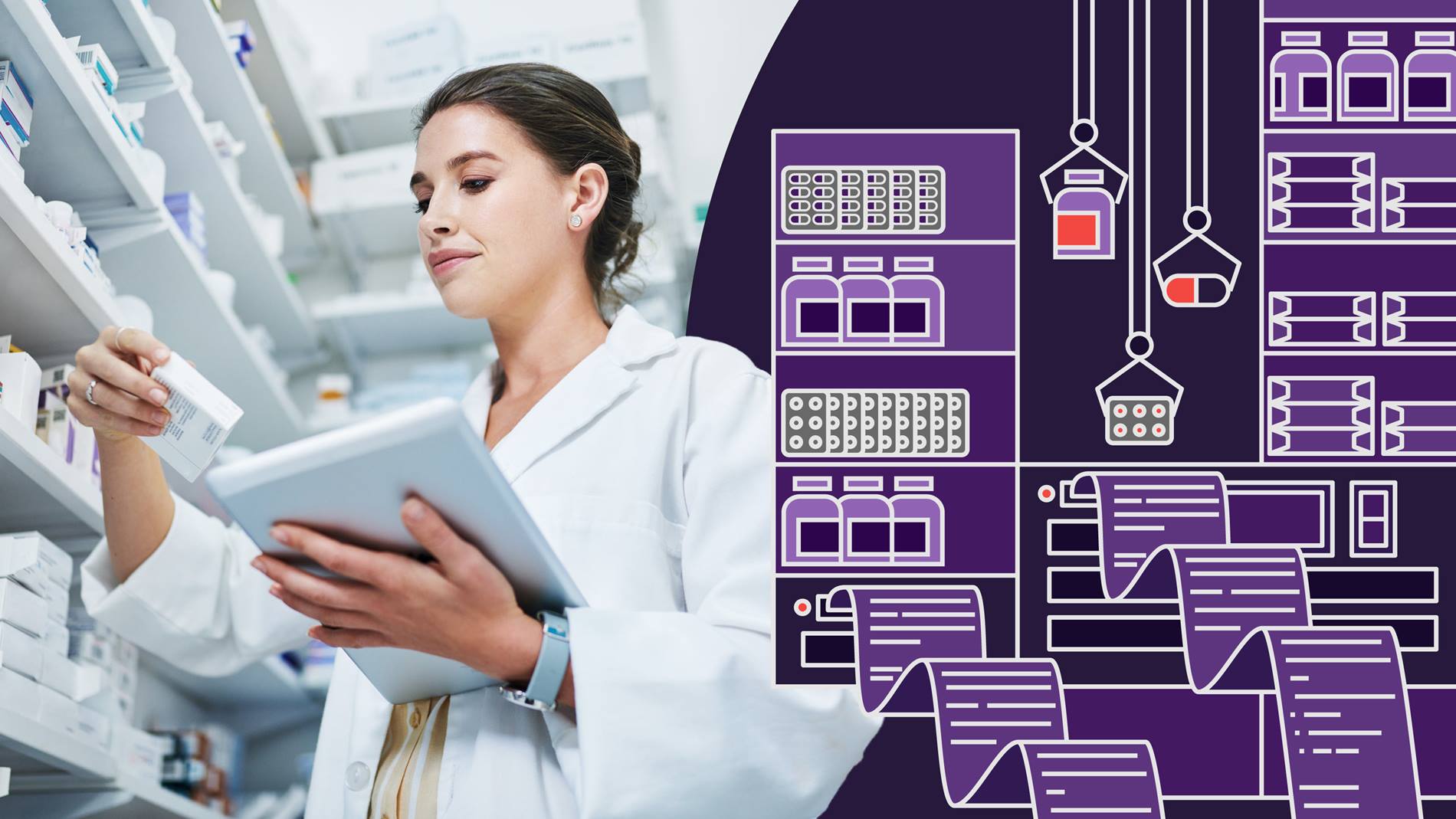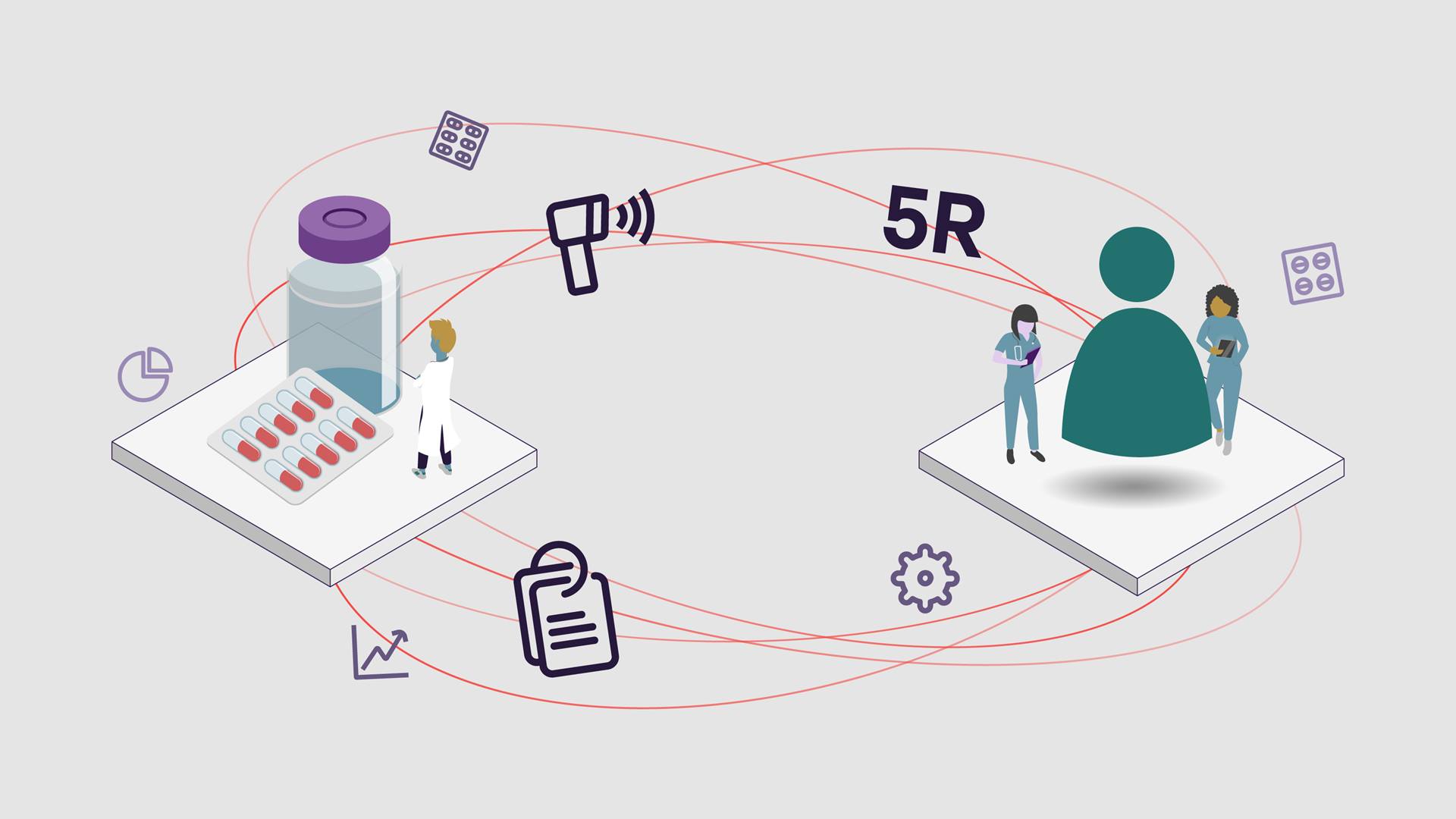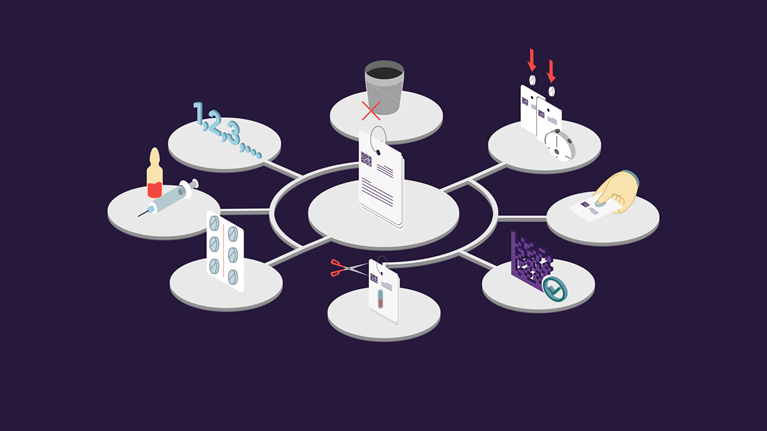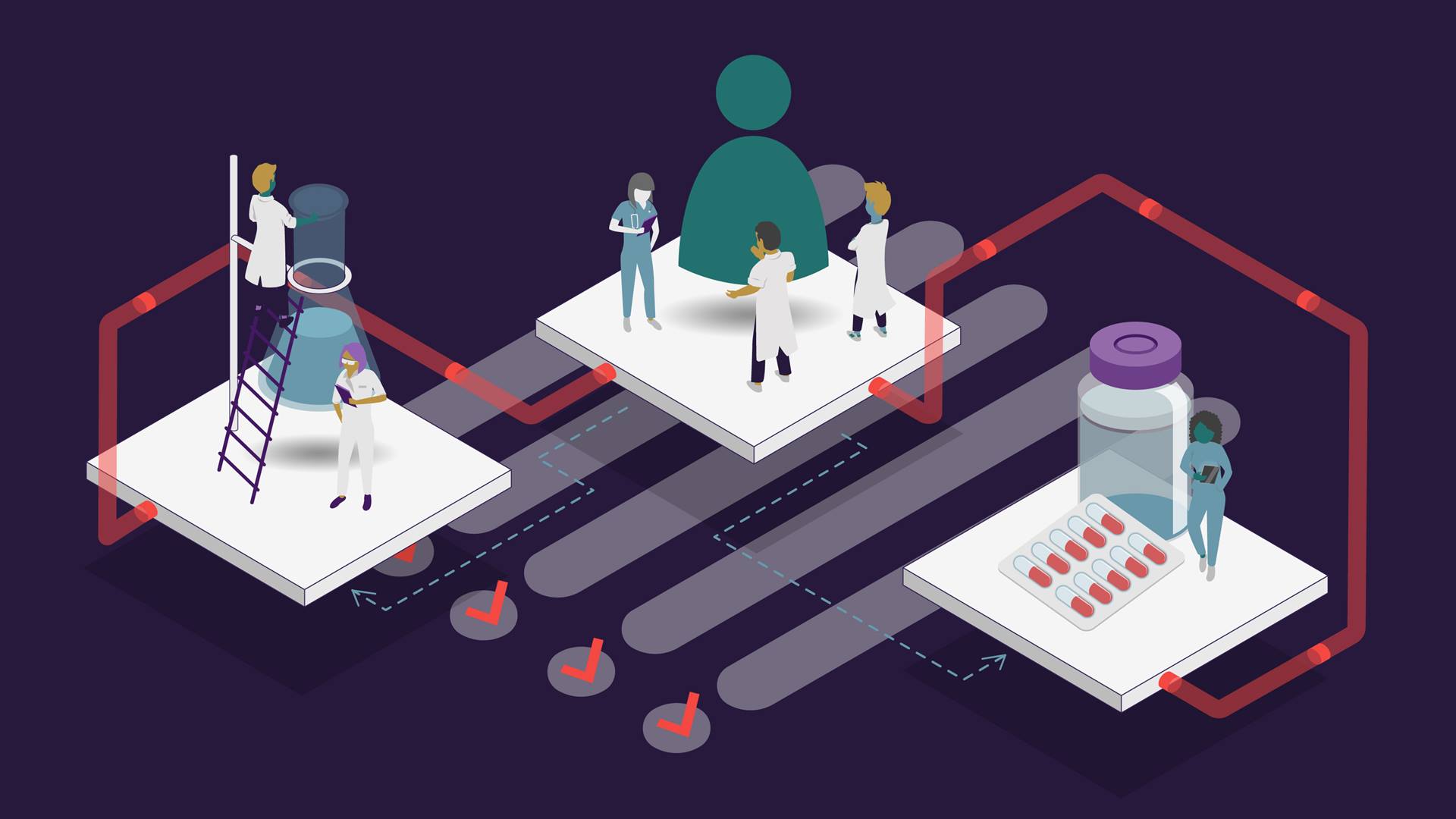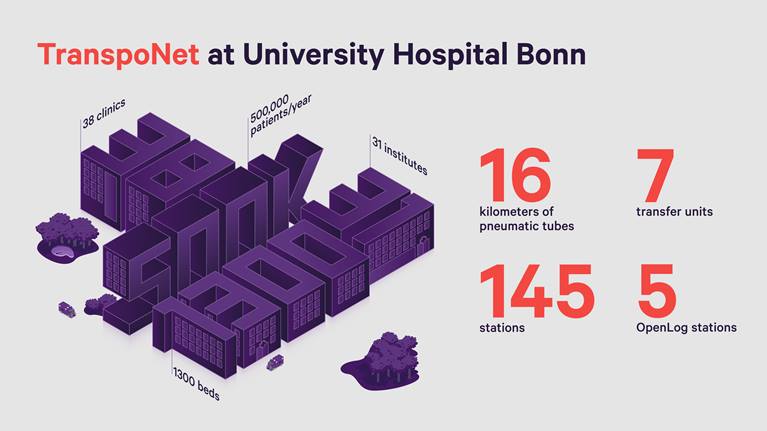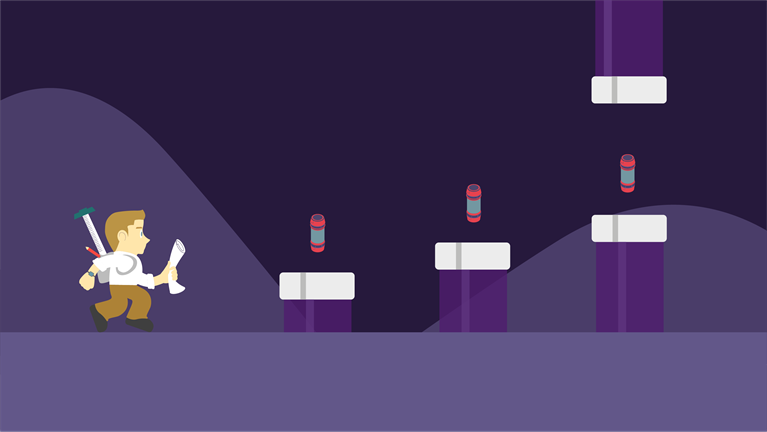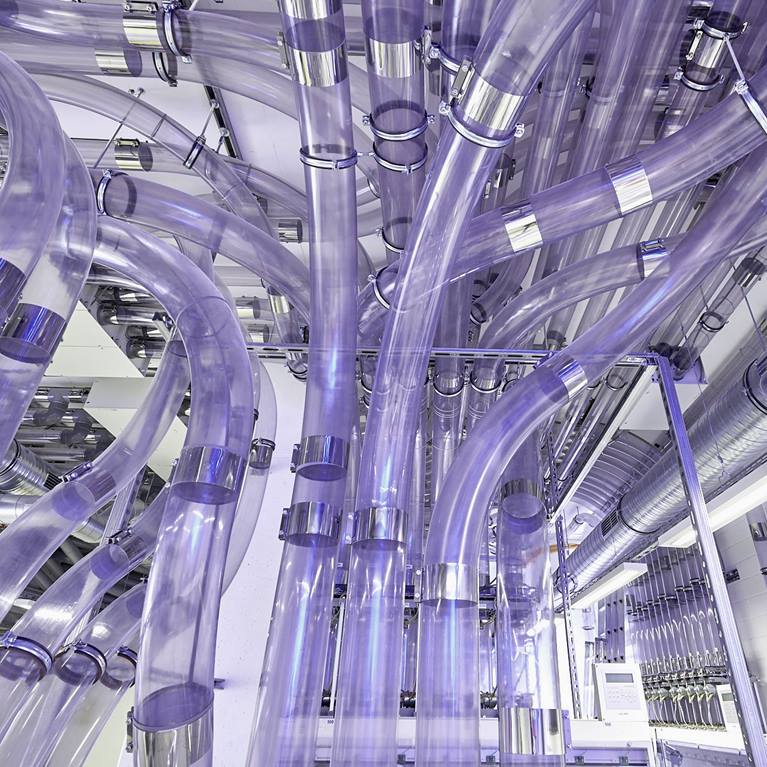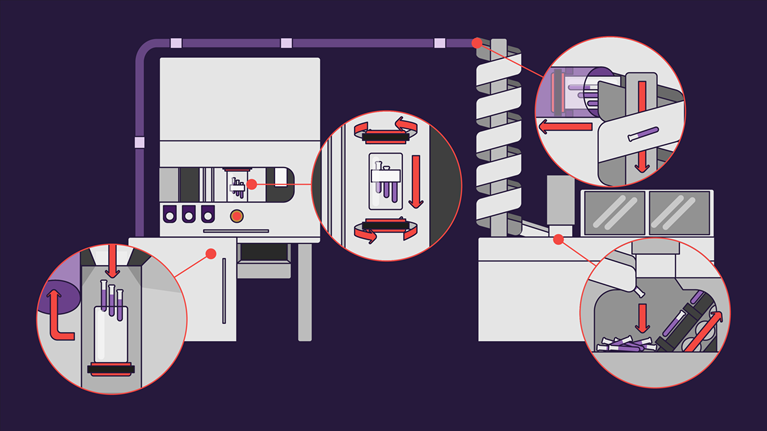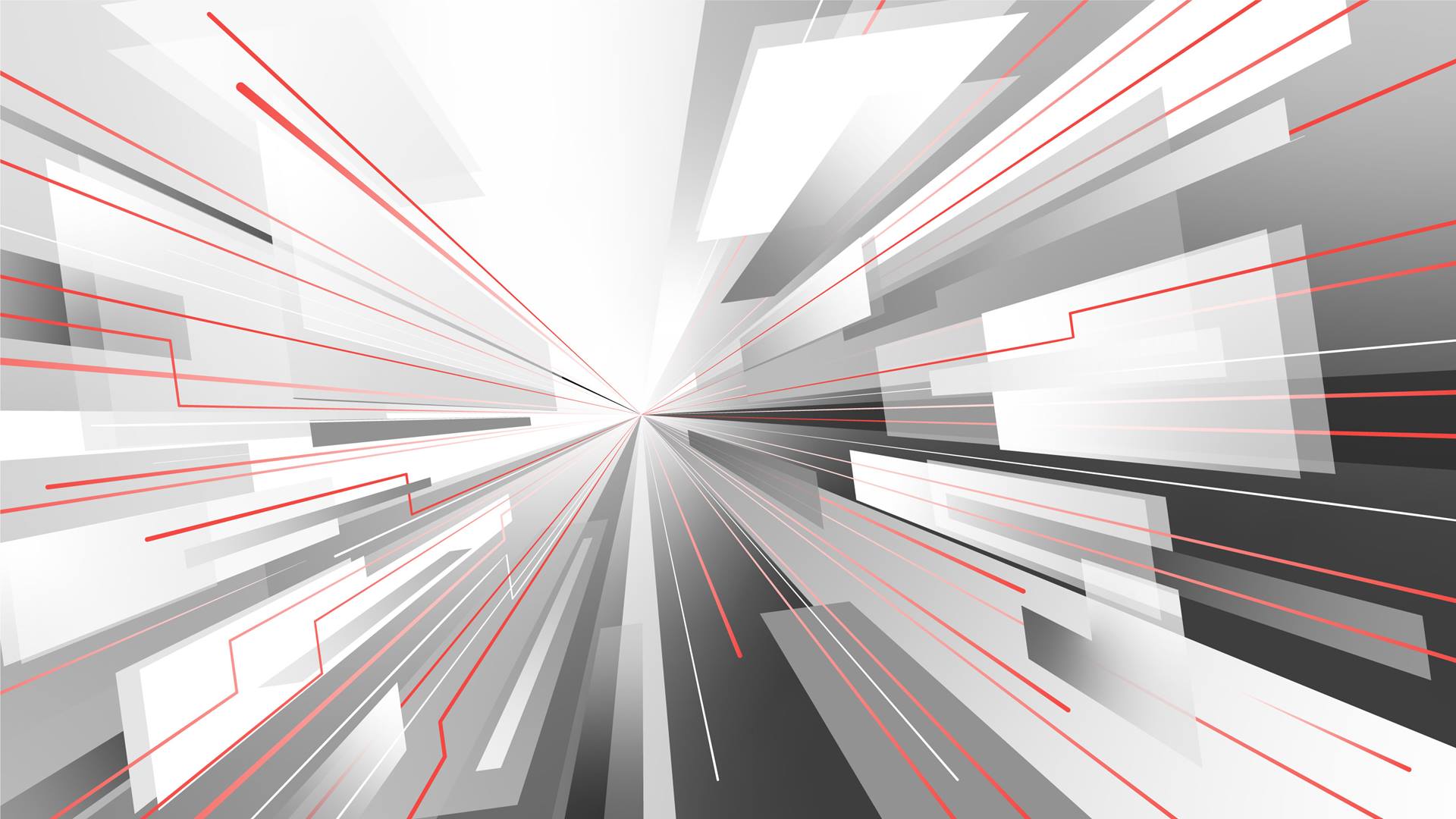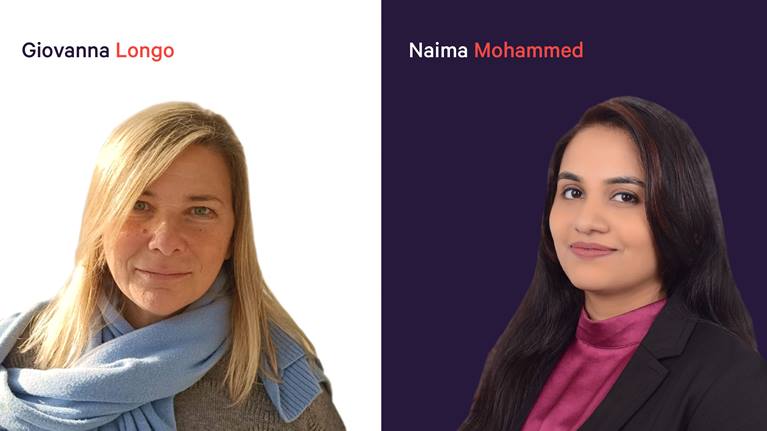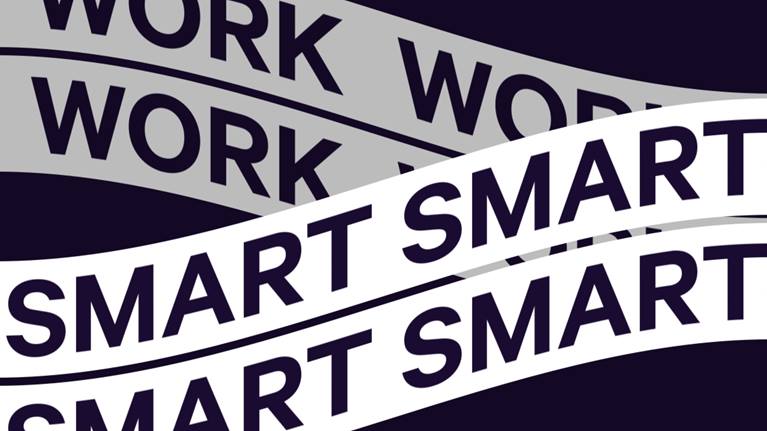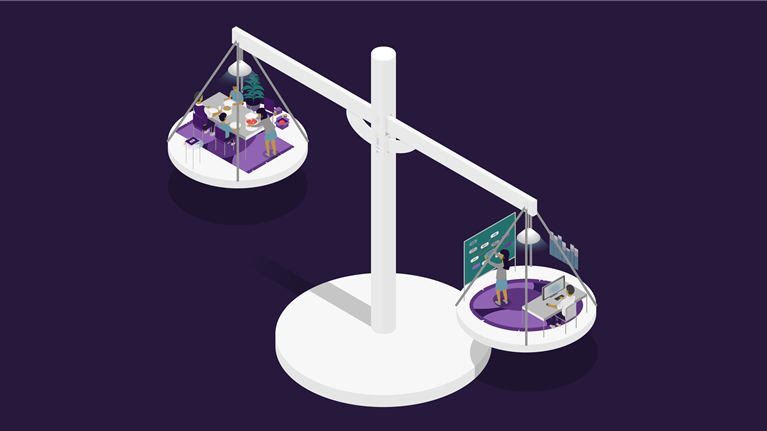Diagnosis and therapy at the right place at the right time.
We support hospitals in initiating therapies quickly and reliably. On the one hand, we achieve this with automated and traceable transport solutions for critical goods, such as laboratory samples and medications. Our advanced pharmacy systems, on the other hand, support the various hospital processes, from automated storage and retrieval to fully automated, patient-specific therapy preparation.
We are the only provider to offer storage and transport processes along the supply chain of medication management from one single source. We also have a team that drives developments in both transport and pharmacy automation based on the specific requirements of the hospital environment.


